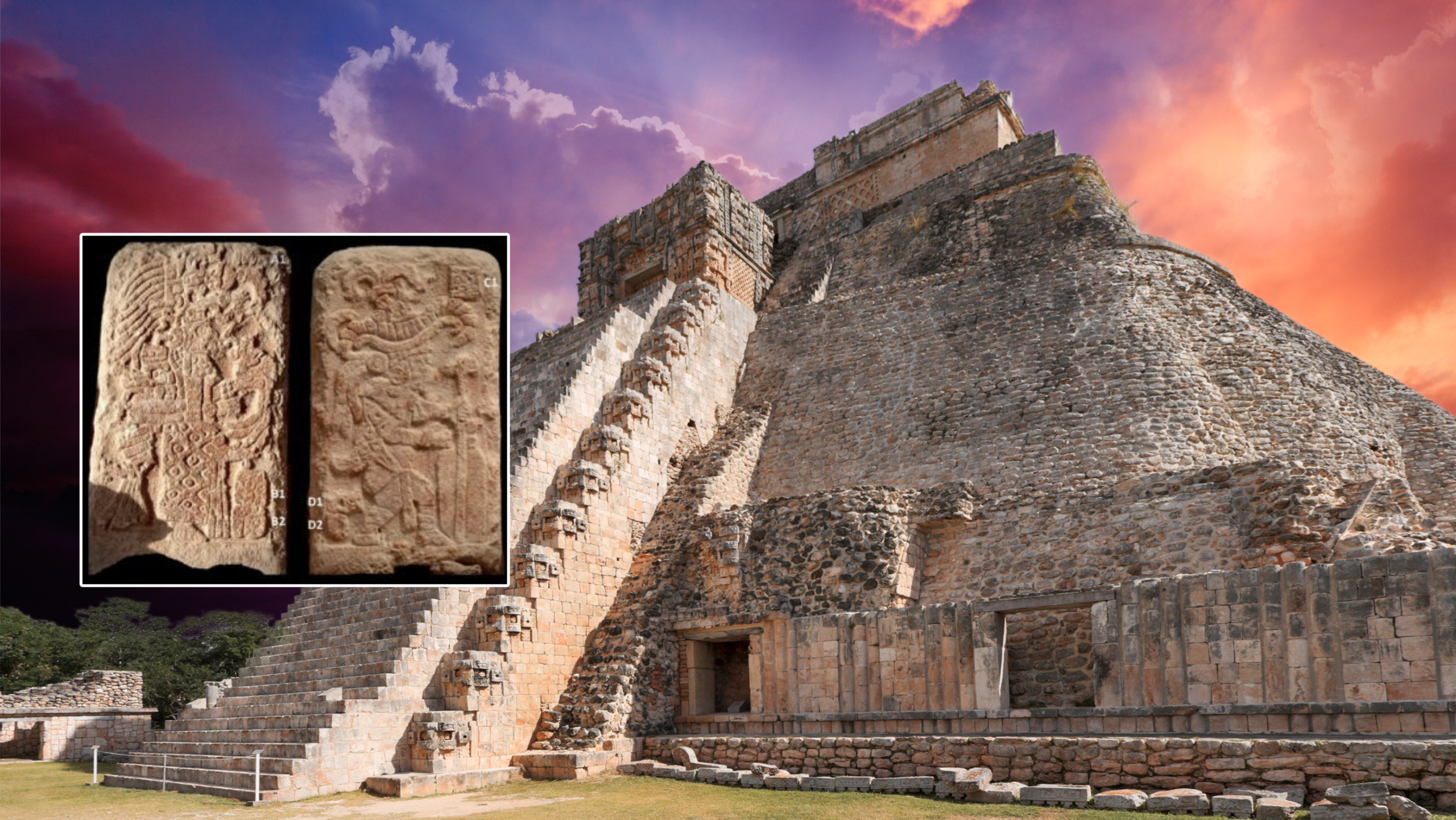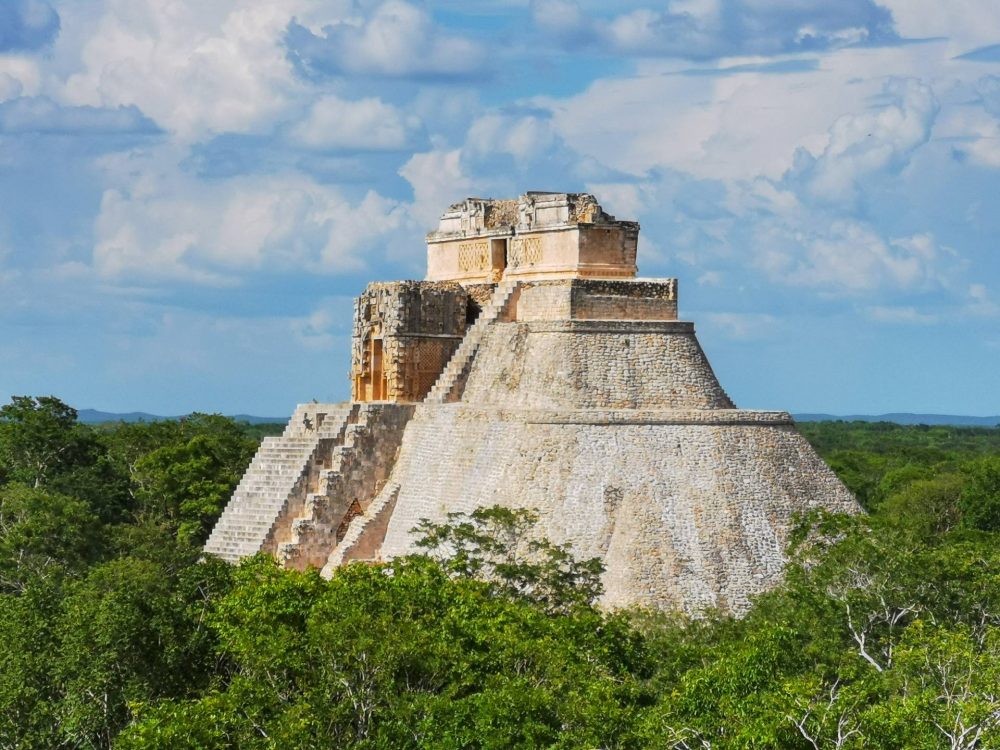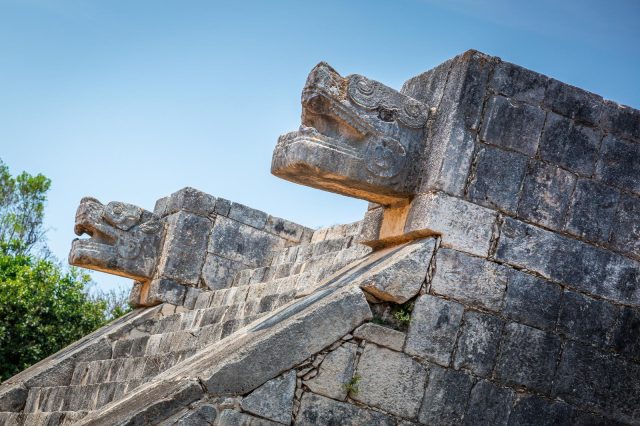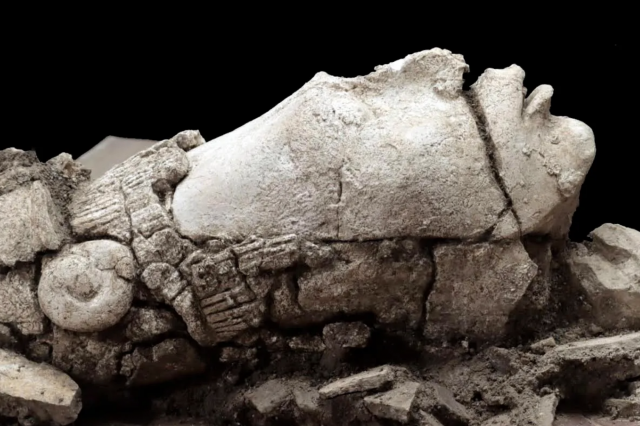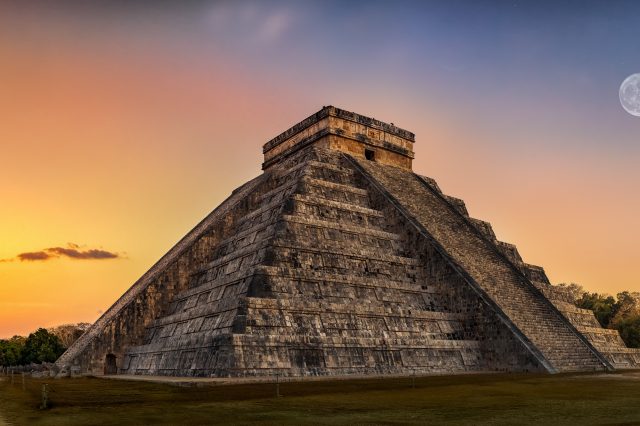The ancient artifact contains the image of a large-eyed female deity on the north face and of a feathered, owl-headed male on the south face.
The ancient Maya world is a fascinating one. The Maya were an ancient civilization that existed in Mesoamerica, a region used to describe Mexico and Central America before the 16th-century Spanish conquest. The Yucatan Peninsula and modern-day Guatemala, Belize, Tabasco, and Chiapas states in Mexico, and parts of Honduras and El Salvador were all occupied by the Maya. The Maya built great cities, massive temples, and intricate pyramids across millennia. Interestingly, one of their most prominent cities was Uxmal. Located on the Yucatan peninsula, the ancient metropolis is still being explored to this day. Uxmal is the most representative city of the Maya architectural style. An example of this type of construction would be the use of smooth, low walls with ornate friezes that depict typical Mayan huts.
Dual deities
During archaeological excavations last week, a commemorative stele was discovered in one of the ancient city’s courtyards, the National Institute of Anthropology and History (INAH) reported. According to INAH, the artifact was intricately carved on both sides and represents a dual stela. A female deity appears on the north side, which was the side the artifact faced when it was found. The deity was carved with lege eyes and a chin at the corner of her mouth. Her chest is bare. A reticulated skirt reaches her heels, and her left hand holds a quetzal. Additionally, her pectoral is decorated with three rows of pearls, and she wears bracelets as well.
On the southern side is a representation of a male deity. The deity is depicted wearing a wide-brimmed headdress adorned with feathers and the head of an owl. Also, it features a loincloth and bandages on the legs. Carved on the surface are a reticulated cape, a cane, and a bundle in his right hand.
Meaning of the stele
“The stela has frequent representations in the Puuc and Chenes cultural regions, as well as the Yucatan peninsula, as an example of which is the probable association of the eyes of the female deity with death,” according to INAH. Its relevance lies in the fact that it was found in situ, that is, where ancient Mayans placed it before the arrival of the Spanish. In the Maya chronicles, Hun Uitzil Chac Tutul Xiu founded Uxmal in about 500 AD. From 875 to 900 CE, the ancient city dominated the region. A regional state in the Puuc region may have been based at this site between 850 and 950. Uxmal is best known for its pyramid. Also, the structure is known as the Pyramid of the Magician, and it is the tallest, most dominant structure in the city.
Have something to add? Visit Curiosmos on Facebook. Join the discussion in our mobile Telegram group.

